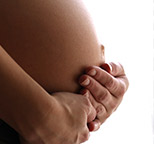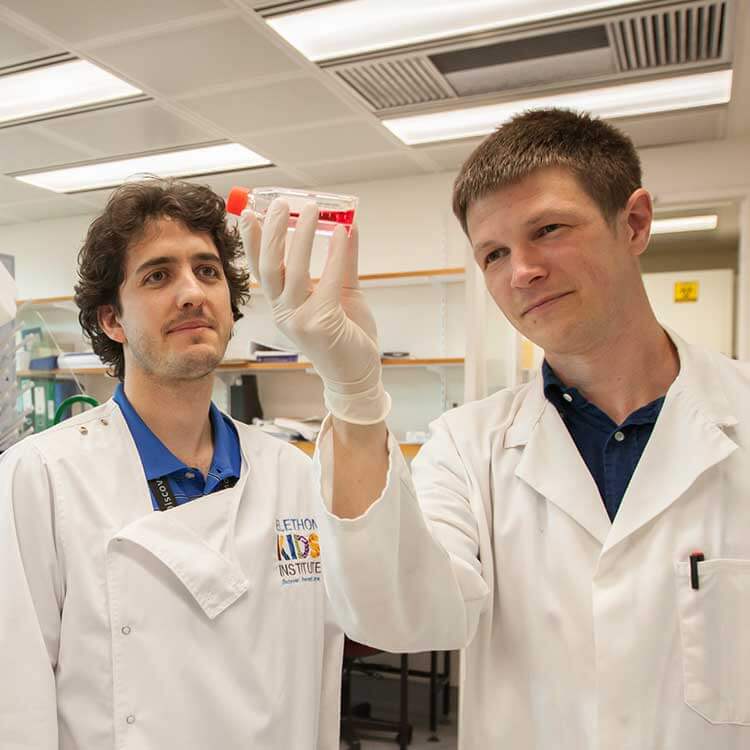Search
Research
Functional differences in airway dendritic cells determine susceptibility to IgE-sensitizationRespiratory IgE-sensitization to innocuous antigens increases the risk for developing diseases such as allergic asthma.
Research
Role of stem cell precursors in tissuesWe have recently published a paper identifying precursor populations in peripheral lung (2017), and have also discovered that these populations can be found in multiple tissues.

Research
Mapping changes in immune cell populations in gestational tissues over the course of pregnancyThis is a strategic “pilot” project in which we are seeking basic information on the immune cell content of gestational tissues.

Research
Persistent and compartmentalised disruption of dendritic cell subpopulations in the lung following influenza A virus infectionImmunological homeostasis in the respiratory tract is thought to require balanced interactions between networks of dendritic cell (DC) subsets in lung...
Research
Size-Dependent Uptake of Particles by Pulmonary Antigen-Presenting Cell PopulationsThe respiratory tract is an attractive target organ for novel diagnostic and therapeutic applications with nano-sized carriers, but their immune effects and...
Research
Toward homeostasis: Regulatory dendritic cells from the bone marrow of mice with inflammationInflammatory mediators from peripheral tissues may control dendritic cell (DC) development in the bone marrow.
Research
Boosting airway T-regulatory cells by gastrointestinal stimulation as a strategy for asthma controlThe hallmark of atopic asthma is transient airways hyperresponsiveness (AHR) preceded by aeroallergen-induced Th-cell activation.

The Pregnancy and Early Life Immunology team's overall research vision is targeted towards understanding immunological development during early life.
Research
Epigenetic changes underpinning allergen sensitization: a twin-based studyWe are studying immune cells from identical twins of which one suffers and one does not suffer from allergic disease to identify specific mechanisms that may play important roles in disease development.
